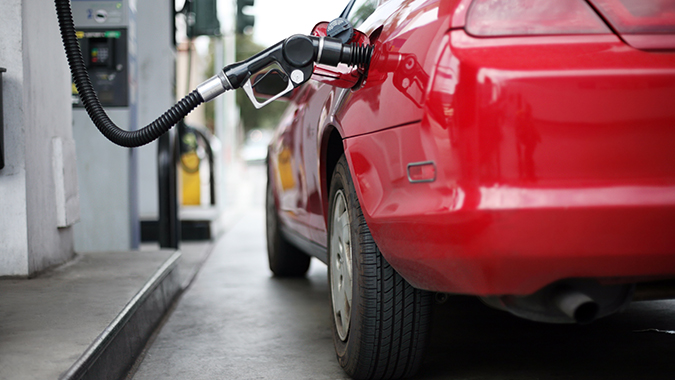Most American (81%) intend to celebrate Easter this Sunday, but they will be spending less this year compared to 2023 when the holiday was observed nine days later on the calendar, according to a survey from the National Retail Federation.
Easter holiday spending is expected to reach $22.4 billion this Easter, which is less than the record-setting $24 billion anticipated spend on 2023. Americans say they plan to spend an average $177.06 per person, which is the third-highest amount in the survey’s history.
Consumers continue to spend the most on food ($7.3 billion), followed by clothing ($3.5 billion) and gifts ($3.4 billion). Additionally, spending on candy is expected to reach $3.1 billion while spending on flowers is expected to reach $1.6 billion.
“Each year, Americans look forward to the celebration of Easter and the renewal of time and traditions with loved ones,” NRF President and CEO Matthew Shay said. “Retailers understand the importance of this holiday and are ready to help their customers find the items they want and need at affordable prices.”
Holiday celebration plans are much the same as in previous years. The most popular Easter Sunday activities include cooking a holiday meal (57%), visiting friends and family (53%) and going to church (43%). Half (51%) of households with children are planning an Easter egg hunt at home.
The top destinations to purchase Easter gifts include discount stores (53%), followed by department stores (40%), online (33%), local/small businesses (22%) and specialty stores (20%).
According to the survey, consumers said they are inspired to shop for Easter-related items because it’s tradition (64%), a social activity with family or friends (32%), or because of sales and promotions (29%).
Over half (55%) of those not celebrating Easter still plan to take advantage of holiday-related sales and expect to spend an average of $20.52 per person, or $0.62 billion in total, on these items.
The survey of 8,372 U.S. adult consumers was conducted March 1 - 6 by Prosper Analytics for the NRF and has a margin of error of plus or minus 1.1 percentage points.




